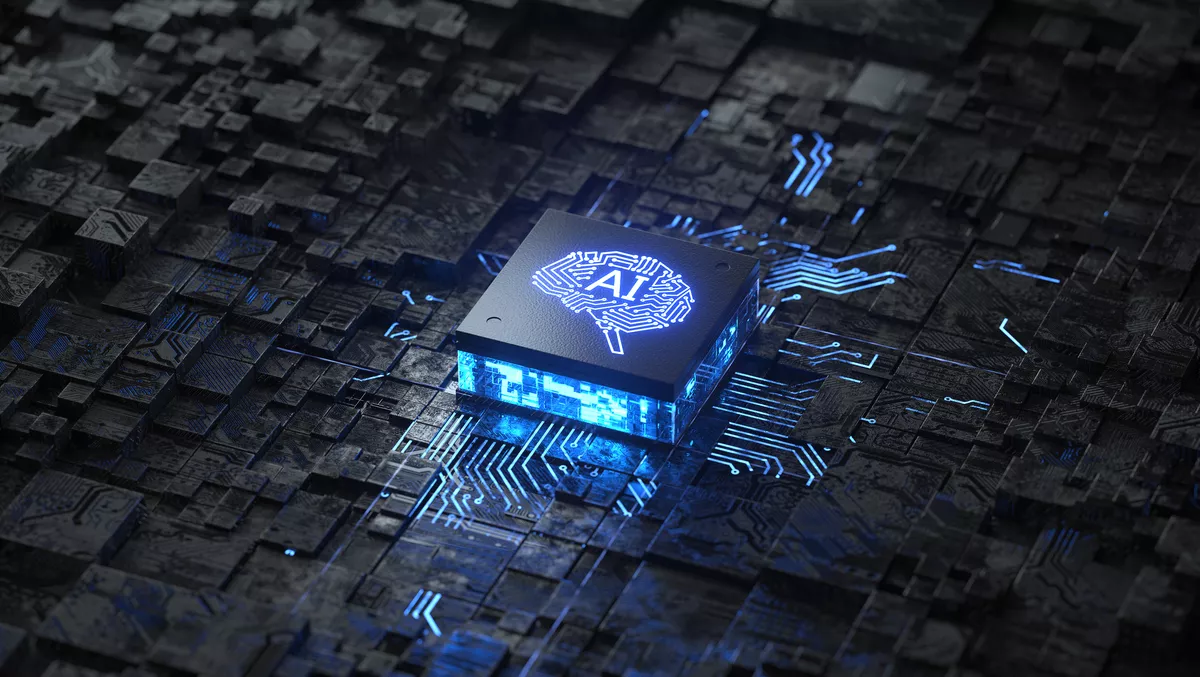
Red Hat lowers the barrier to AI projects with OpenShift
Red Hat OpenShift has added new capabilities in support of AI and NVIDIA AI Enterprise 2.0 certification to help streamline development and fuel innovation around intelligent applications.
The company says the new capabilities for Red Hat OpenShift are aimed at accelerating the delivery of intelligent applications across the hybrid cloud. These improvements, including the certification of Red Hat OpenShift with NVIDIA AI Enterprise 2.0 and the general availability of Red Hat OpenShift 4.10, are intended to help organisations deploy, manage, and scale AI workloads.
Worldwide AI software revenue is forecast by Gartner to total $62.5 billion in 2022, an increase of 21.3% from 2021. As enterprises integrate AI and machine learning capabilities into cloud-native applications, they need a flexible and scalable platform to quickly develop and deploy machine learning models and intelligent applications into production. Red Hat says OpenShift is built to provide this foundation and, with the latest updates, make it easier for organisations to add AI workloads to the company's enterprise Kubernetes platform.
AI transforms how enterprises do business, but operationalising an AI infrastructure can be complex and time and resource-intensive. To help accelerate the process, Red Hat OpenShift is now certified and supported with the NVIDIA AI Enterprise 2.0 software suite, an end-to-end, cloud-native suite of AI and data analytics software. The integrated platform delivers NVIDIAs flagship AI software, the NVIDIA AI Enterprise suite, optimised for Red Hat OpenShift.
"As organisations turn to intelligent, AI and machine learning-powered applications to inform strategic decisions and gain a competitive advantage, we see containers and Kubernetes as the keys to accelerating this new application lifecycle," says Red Hat vice president and general manager, Platforms Business Group, Joe Fernandes.
"Red Hat OpenShift provides the flexibility, portability, and scalability to train, test, and deploy machine learning models and integrated DevOps capabilities for better collaboration between data scientists and software developers. Through our collaboration with NVIDIA, we are helping customers accelerate a diverse range of AI applications while also streamlining adoption."
Red Hat OpenShift 4.10 continues the platform's expansion to support a broad spectrum of cloud-native workloads across the open hybrid cloud, enabling organisations to run AI machine learning workloads in more environments. The latest version of OpenShift adds support for other public clouds and hardware architectures, giving organisations the flexibility to choose where to run their applications. New features and capabilities designed to accelerate AI and machine learning workloads include:
- Installer provisioned infrastructure (IPI) support: Support for Azure Stack Hub, Alibaba Cloud and IBM Cloud are now available as a technology preview. Users can now use the IPI process for fully automated, integrated, one-click installation of OpenShift 4.
- Running Red Hat OpenShift on Arm processors: Arm support will be available in two ways, full stack automation IPI for Amazon Web Services (AWS) and user provisioned (UPI) for bare-metal on pre-existing infrastructure. This provides users with the same experience they expect from Red Hat OpenShift on AWS, backed by the latest Arm-based instances.
- Red Hat OpenShift availability on NVIDIA LaunchPad: NVIDIA LaunchPad provides free access to curated labs for enterprise IT and AI professionals to experience NVIDIA-accelerated systems and software. With Red Hat OpenShift now available on LaunchPad, enterprises can get hands-on lab experience configuring, optimising and orchestrating resources for AI and data science workloads using NVIDIA AI Enterprise with Red Hat.
- Better oversight and compliance features for diverse, modern workloads: Managing diverse, modern workloads can frequently require additional oversight and governance. To help users support their regulatory standard enforcement programs, Red Hat OpenShift 4.10 includes three new compliance operators that enable users to check their cluster for compliance and remediate identified issues.
The compliance profiles include the Payment Card Industry Data Security Standard (PCI DSS), North American Electric Reliability Corporation Critical Infrastructure Protection (NAERC CIP), and FedRAMP Moderate impact level, the standard for cloud computing security for controlled, unclassified information across federal government agencies.
Red Hat OpenShift 4.10 also includes the general availability of sandboxed containers. Sandboxed containers provide an optional additional layer of isolation for workloads with stringent application-level security requirements. Improvements have also been made to OpenShift in disconnected or air-gapped settings, simplifying the installation of disconnected OpenShift clusters. This simplifies maintaining mirrors of OpenShift images and keeping them up to date as if they were a connected cluster.
"AI has the potential to define the future of technology, but it requires more diverse and specialised computing solutions combined with the best possible developer experience," says Arm vice president, Infrastructure Line of Business, Eddie Ramirez.
"By adding support for Arm to OpenShift, Red Hat is providing software developers with compelling, new choices in AI processing and helping to unlock the benefits of high performing, cost-efficient Arm-based processors in hybrid cloud-based environments."
Justin Boitano, NVIDIA vice president of Accelerated and Edge Computing, says, "Enterprise AI adoption is growing exponentially, transforming business operations with new levels of automation and efficiency never previously imaginable. NVIDIA AI Enterprise has been certified on Red Hat OpenShift to deliver the ultimate suite of AI software with the leading enterprise Kubernetes platform."


